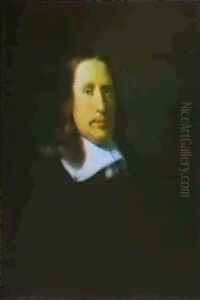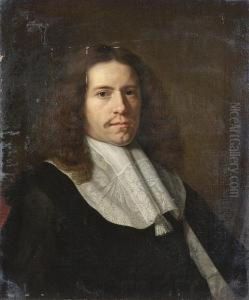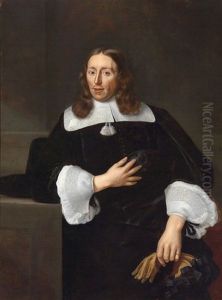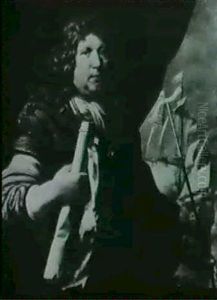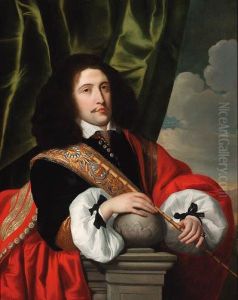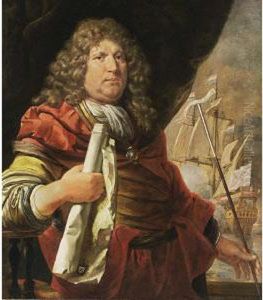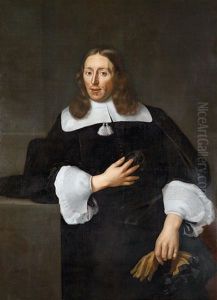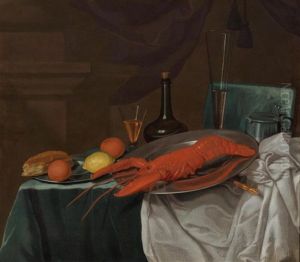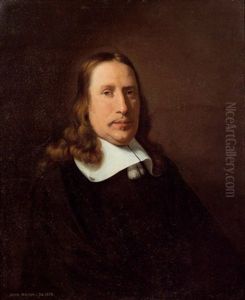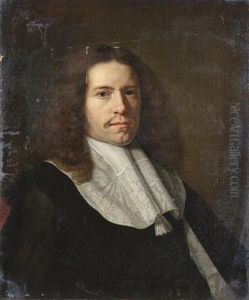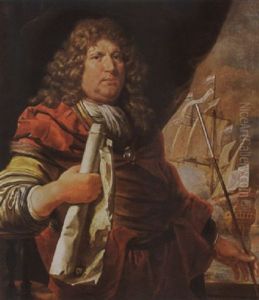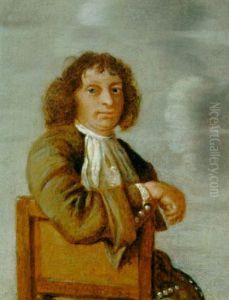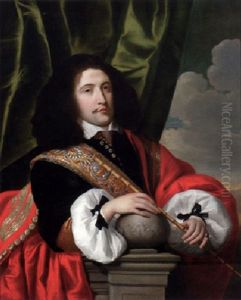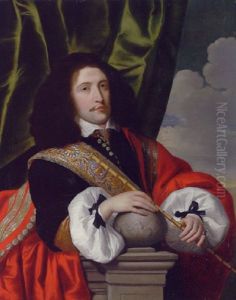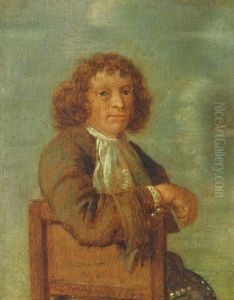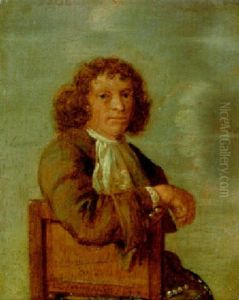Lodewyck Van Der Helst Paintings
Lodewyck van der Helst was born in 1642 in Amsterdam, the Netherlands. He was the son of the famous Dutch Golden Age painter Bartholomeus van der Helst, who was renowned for his portraits. Despite the prominence of his father, there is not much information readily available about the life and career of Lodewyck himself. This scarcity of records could be due to a number of factors, including the overshadowing fame of his father and the possible confusion between their works, given the similarity in their painting styles and subject matter.
Lodewyck presumably received his artistic training from his father, Bartholomeus, who was at the height of his career during the mid-17th century. Lodewyck's own work is often difficult to distinguish from that of his father's, which has led to challenges in attributing paintings to him definitively. The art historical record does not include many works signed by Lodewyck, and as a result, his individual style and contributions to Dutch painting are not as well documented or understood as those of his father.
The date of Lodewyck van der Helst's death is not known, which further adds to the mystery surrounding his life. His career seems to have been short-lived, and he may not have achieved the same level of success or recognition as Bartholomeus. It is also possible that some of his works were later attributed to his father, further diminishing his individual legacy. Today, Lodewyck van der Helst remains a somewhat enigmatic figure in the history of Dutch art, overshadowed by the towering reputation of his father, and with a biography that is still incomplete and subject to ongoing research by art historians.
